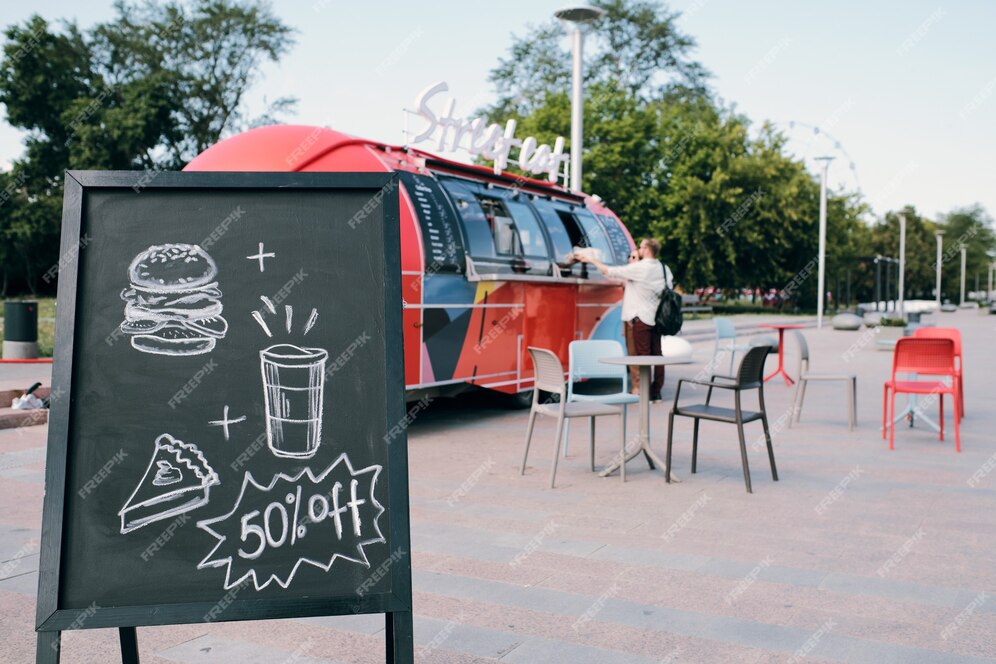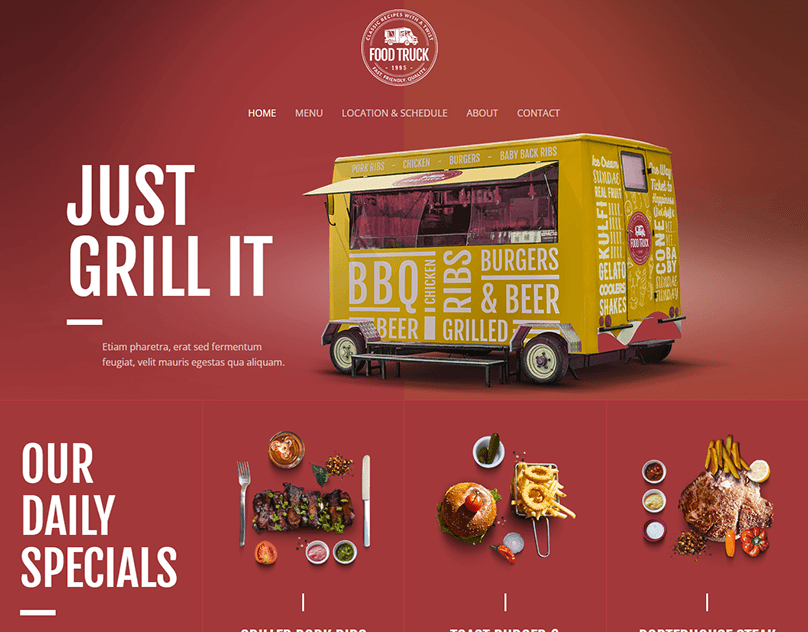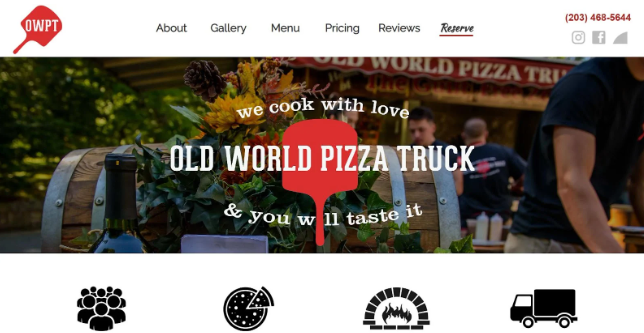Food Truck Website Examples That Get Customers Hungry for More

In the fast-paced world of food trucks, standing out isn’t just about serving mouthwatering dishes—it’s about creating a memorable digital presence. A stunning website can be the difference between customers finding your truck and missing it entirely. The best food truck website examples are those that capture the essence of the brand, showcase the menu, and make it easy for customers to engage, whether it’s finding your location or placing an order.
In this comprehensive guide, we’ll explore inspiring food truck website examples that excel in design, functionality, and customer engagement. Whether you’re a new food truck owner or looking to revamp your current site, these examples and tips will show you how to create a website that keeps customers coming back for more.
Why Your Food Truck Needs a Website
A website is more than just an online menu; it’s a digital storefront that connects you with your customers. Here’s why every food truck needs one:
- Visibility: Help customers find your location, hours, and upcoming events.
- Brand Identity: Showcase your unique story, menu, and style.
- Customer Engagement: Offer online ordering, event booking, and loyalty programs to keep customers coming back.
- Competitive Edge: Stand out in a crowded market by having a professional and functional website.
Key Features of a Great Food Truck Website
To attract and retain customers, your website should include:
- Mobile Optimization: Ensure the site looks great and functions smoothly on mobile devices.
- Location Tracking: Use interactive maps to display your current location and schedule.
- Online Ordering: Simplify the process for customers who want to order ahead.
- High-Quality Visuals: Showcase your dishes and food truck with professional photos.
- Social Media Integration: Connect your site with platforms like Instagram and Facebook for real-time updates.
What Makes These Examples Stand Out

Each of these food truck websites succeeds because they:
- Reflect the Brand: The design, colors, and tone align with their unique identity.
- Engage Customers: Features like interactive maps, blogs, and social media integration keep users engaged.
- Streamline Navigation: Clear menus, simple layouts, and fast loading times make browsing effortless.
- Drive Conversions: Online ordering and loyalty programs turn visitors into repeat customers.
Top Food Truck Website Examples
The Gourmet Griddle
- What They Do Well:
- Elegant design with bold, high-resolution images of their dishes.
- An interactive map that shows their daily location.
- Online reservation options for catering events.
- Why It Works: The sleek design appeals to foodies and emphasizes their commitment to gourmet-quality food.
Taco Trailblazers
- What They Do Well:
- Vibrant colors and fun animations that reflect their playful brand.
- Clear, organized menu with pricing and customization options.
- Social media feed embedded directly on the homepage.
- Why It Works: Their lively design creates a sense of excitement, drawing customers in.
Vegan Vibes Van
- What They Do Well:
- Minimalist design with earthy tones, reflecting their eco-friendly mission.
- Nutritional information included for each menu item.
- Email subscription feature for updates on new dishes and locations.
- Why It Works: The design resonates with health-conscious and eco-aware customers.
Urban Barbecue Co.
- What They Do Well:
- Rustic theme with bold typography and smoky textures.
- Real-time order tracking for takeout and delivery.
- Customer reviews prominently displayed on the homepage.
- Why It Works: The robust, no-nonsense design reflects their hearty barbecue offerings.
How to Build a Successful Food Truck Website
Choose the Right Template

- Look for templates specifically designed for food trucks, with built-in features like menu displays and location tracking.
Invest in Professional Photography
- High-quality images of your food and truck can make your website visually appealing and credible.
Optimize for Mobile
- Most food truck searches happen on mobile devices, so ensure your site is responsive and easy to navigate.
Highlight Your Unique Selling Points
- Share your story, emphasize what makes your food special, and build a personal connection with your audience.
Use SEO Best Practices
- Optimize your website for local searches with keywords like “best food trucks in [city].”
Mistakes to Avoid When Designing Your Website
- Overcrowding the Homepage
- Too much content can overwhelm visitors. Keep it clean and focused.
- Neglecting Mobile Users
- A non-responsive design alienates mobile customers.
- Outdated Content
- Regularly update your schedule, menu, and photos to keep the site fresh.
- Ignoring Analytics
- Use tools like Google Analytics to track site performance and identify areas for improvement.
Future Trends in Food Truck Websites
Stay ahead of the competition by incorporating these emerging trends:
- AI-Powered Personalization: Offer recommendations based on user behavior.
- Voice Search Optimization: Adapt your site for customers searching via voice commands.
- Eco-Conscious Design: Highlight sustainable practices and eco-friendly initiatives.
- Interactive Content: Add features like virtual tours or live chat to engage users further.
Takeaways
Crafting a stunning online presence using the best food truck website examples can transform how your business engages with customers. The standout websites we explored excel in functionality, branding, and customer engagement, offering features like interactive maps, online ordering, and visually appealing designs. These elements not only make it easier for customers to connect with your food truck but also help establish trust and loyalty. A well-designed website can be a powerful tool for driving traffic, increasing sales, and creating a lasting impression in a competitive market.
As technology evolves, food truck websites will continue to incorporate advanced features such as AI-driven personalization and voice search optimization, further enhancing customer experience. Staying updated on these trends and implementing best practices will ensure your website remains effective and relevant. Which features do you think are essential for a successful food truck website, or do you have insights into what makes a site stand out? Share your thoughts in the comments below, and let’s discuss how to build a digital presence that keeps customers coming back for more.
Create a Food Truck Website That Drives Traffic
Your website is the digital face of your food truck, and it plays a crucial role in attracting and retaining customers. By taking inspiration from these food truck website examples and implementing key features like mobile optimization, online ordering, and stunning visuals, you can create a site that truly reflects your brand and drives results.
Don’t wait to make your mark—build a food truck website that gets customers hungry for more today!


